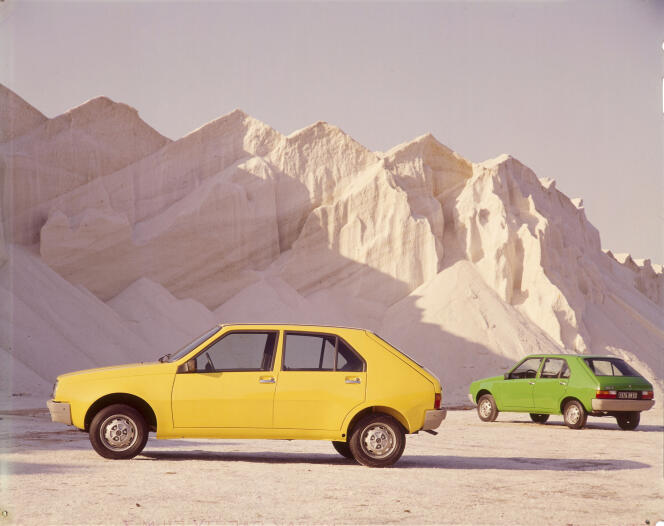A priori, everything separates them. In 1957, the man who would become the president of Peugeot a few years later, Maurice Jordan, claimed “make cars to make money”. When he took up his position two years earlier, his counterpart at Renault, Pierre Dreyfus, unabashedly assumed his vocation to “make a lot of cars with a small profit or even no profit at all”. These differences are not secondary, but they did not prevent the two manufacturers from establishing a long partnership in the 1960s.
The creation of the European Common Market in 1957, synonymous with the opening of markets, raises the question of alliances. The public authorities are pushing strongly in this direction. Renault and Citroën are discussing the creation of a joint holding company, Automobiles de France. Given the near aversion of Pierre Bercot, the boss of the Citroën factories, towards the Régie – “a tactical weapon in the offensive of socialism”, he wrote in his Memoirs – the affair came to an end. Peugeot lends a more attentive ear. In 1959, an internal report from the Franche-Comté manufacturer highlighted that “Peugeot and Renault seem to have a possibility of agreement” because “these are two houses which, with different perspectives, seem to have been the most successful in France since the Liberation”.
The pooling of industrial resources is discussed, but Renault raises the prospect of a merger, which will have the immediate effect of blocking the talks. In April 1966, however, the Peugeot-Renault Association was born. There is no participation between the partners who are part of a perfect equal relationship while Renault weighs twice as much as Peugeot. “The goals are clearly defined: create an automobile group of international size representing 55% of French production, with 130,000 people”summarizes the historian Jean-Louis Loubet in The history of the French automobile (Le Seuil, 2001).
Complementarity
At Peugeot, model manufacturing “bourgeois and classic” ; at Renault, vehicles “sports or utility” while achieving profitable economies of scale. The distribution of roles will not be pushed that far, but, by mutual agreement, Renault will agree to only produce the R5 in two-door form while Peugeot will play complementarity by making the 104 a four-door. The agreement will only last for a while.
Citroën’s response arrived in 1968; the brand sold 15% of its capital held by Michelin to Fiat, but the joint projects remained a dead letter and the Italian group never obtained authorization from the French government to take control of the French brand. On the other hand, the collaboration between Peugeot and Renault gave birth to the Française de Mécanique, which will manufacture engines in Douvrin (Pas-de-Calais) and the Société de transmissionsautomats (STA) which assembles gearboxes in Ruitz (Pas-de-Calais). de-Calais). The duo produced the six-cylinder V6-PRV with Volvo and created a common technical base (engine, gearbox, running gear, steering, brakes) for the Peugeot 104 (1972) and the Renault 14 (1976). Even more than the famous advertising presenting it in the shape of a pear, the car would have suffered from a poor reception from the Renault network, judging this model too “Peugeot”.
You have 10% of this article left to read. The rest is reserved for subscribers.
